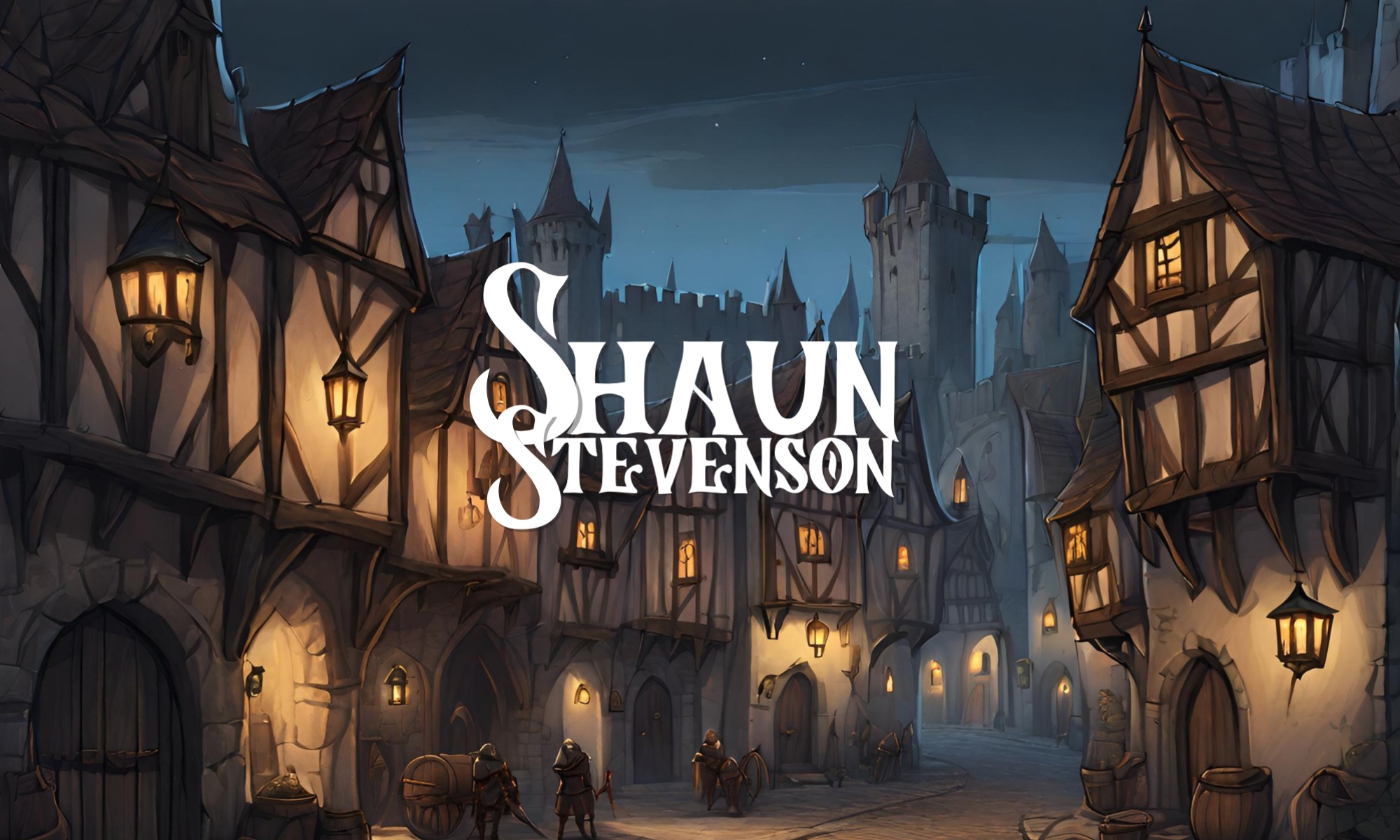
The Post-Quarantine Church: Six Urgent Challenges and Opportunities That Will Determine the Future of Your Congregation by Thom S Rainer
My rating: 4 of 5 stars
It’s no secret that 2020 has been a difficult year in many ways. One way 2020 has impacted the world has taken place in our churches. As a Children’s Pastor, I’ve seen the way that COVID-19 has specifically affected kids: delaying crucial social developmental steps, creating distance between families and friends, and introducing a low-simmering trauma into their lives. That’s not even to mention the kids who have gotten sick from COVID-19, and even those who have died. This has been a tough year all the way around.
In the midst of 2020, Thom S. Rainer brought us The Post-Quarantine Church. This short book is trim and packed with thoughts, reflections, and steps forward for the church (specifically in the United States) as it seeks to look at what comes next. Rainer focuses on six different challenges for the church including: what it means to gather now, the impact of the digital world on the church, the local community and its connection with the church, prayer, facilities, and the business of fast-paced change during this season.
Part of the downfall of this book is that even though it was released in September 2020, some of the language sounds as though Rainer thought the quarantine and perhaps even the pandemic might have been completed by that time. He often uses “While we were in quarantine…” types of sentences, when the reality is that even as of the writing of this review in December 2020, many places across the world are still in a quarantine mode or even returning to their homes due to the rise in cases in many areas across the globe. However, if one you can set this aside, you’ll be able to see some very helpful advice, thoughts, and questions that certainly lead to self- and church-reflection.
Perhaps one of the most important chapters here is the chapter on managing change during this season. Even in my own ministry, we have had to pivot multiple times as we moved from in-person services to online services back in March 2020 and then in April 2020 talked about drive-in services, and then in July 2020 moved to in person services with social distancing and masks in place, and then navigated the space issues, quarantined volunteers and staff, and continuing digital presence for families at home Sundays and Wednesdays. Rainer lays out the fact that this is a time of fast-paced change as information constantly comes at us, as we navigate the difficulties of all the feelings and theories surrounding the pandemic, and even what moving forward in the short term looks like.
Also relevant for many here is the literal instant expansion of online ministry that has taken place in 2020. Children’s ministries around the world suddenly adapted to a new online format they had never used before. Even as some churches returned to in-person services, figuring out ways to do online content for families at home has been challenging in the Children’s ministry realm. It is much more difficult to livestream an in-person kid’s service with kids present due to seeking to protect the privacy of kids in relation to the internet. This has brought double work to many Children’s Pastors seeking to create online and in-person content each week.
I wish Rainer had looked at Children’s and Youth Ministry in particular within the church as those two have had to create many new ways of doing ministry during 2020 in order to accommodate social distancing and in some places capacity guidelines. Rainer is certainly focused here on lead pastors and the church as a whole rather than zeroing in on any specific types of ministry.
All said, this is certainly a helpful book and a very quick read. If you’re in ministry at a church and still struggling with how to move forward into 2021, this is worth a read.









